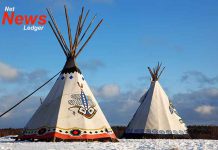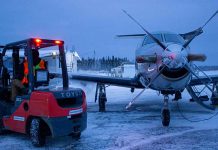
Our role is to inform you about likely outcomes and possible courses of action. And for caribou, the science is clear: Habitat is the key. But keeping caribou does not mean a halt to economic development, as often suggested. Studies indicate caribou can survive even if roughly one-third of their boreal forest range is disturbed. But there are two things to keep in mind. First, we must sum up all types of disturbance – including roads, mines, dams, cut blocks, and fires. Conserving caribou means considering all forms of development, rather than proceeding piecemeal.
Second is that science is still uncertain on one big question: Will caribou re-inhabit old cut blocks? One possibility is that we have not had enough time for logged sites to age into suitable caribou habitat, about 50 years. But the other possibility is that these areas will never be re-inhabited. While there are encouraging observations in northern Ontario, a definitive answer may be years away. Fires, too, are unpredictable. In the face of uncertainty, proceeding slowly could be critical – to avoid falling into an unwelcome box of jobs versus caribou.
I appreciate the contribution from the Ontario Forest Industries Association toward public discourse about the future of northern Ontario communities and their natural heritage. Caribou can be part of that future. Striking a balance, thinking big, and treading carefully – these are the building blocks for sustaining caribou and achieving long-term prosperity. I invite you to read our report.
James Schaefer
Professor of Biology
Trent University
people.trentu.ca/jschaefer/
Link to Report: Keeping the Woodland Caribou in the Boreal Forest






